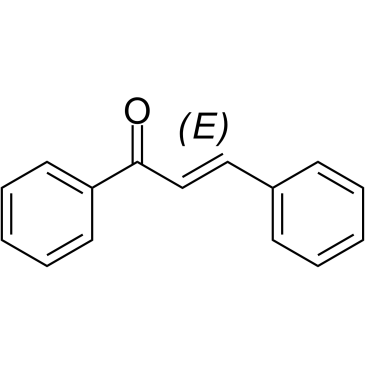Fatty Acid Synthase (FASN)
Fatty Acid Synthase (FASN) is a multifunctional homodimeric enzyme protein, and it is the major enzyme required for the anabolic conversion of dietary carbohydrates to fatty acids. Fatty acid synthase catalyzes the conversion of acetyl-CoA and malonyl-CoA, in the presence of NADPH, into long-chain saturated fatty acids.
Human fatty acid synthase is a large homodimeric multifunctional enzyme that synthesizes palmitic acid. The unique carboxyl terminal thioesterase domain of fatty acid synthase hydrolyzes the growing fatty acid chain and plays a critical role in regulating the chain length of fatty acid released. Also, the up-regulation of human fatty acid synthase in a variety of cancer makes the thioesterase a candidate target for therapeutic treatment.
Products for Fatty Acid Synthase (FASN)
- Cat.No. Product Name Information
-
GC60832
FASN-IN-4 tosylate
FASN-IN-4 tosylate is a potent inhibitor of fatty acid synthase (FASN) with an IC50 of 10 nM (WO2012064642A1, compound 29).
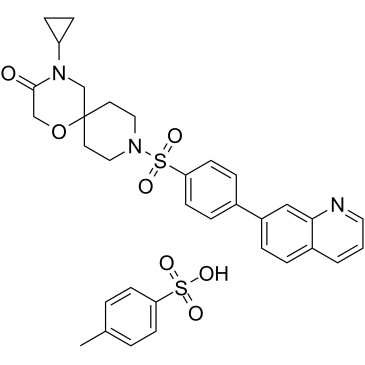
-
GC67894
FASN-IN-5
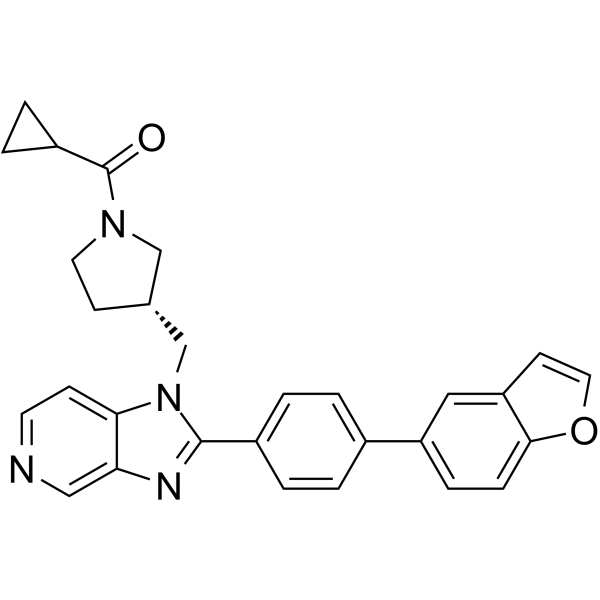
-
GC25411
Fasnall
Fasnall, a thiophenopyrimidine, is a selective fatty acid synthase (FASN) inhibitor that shows potent anti-tumor activity.
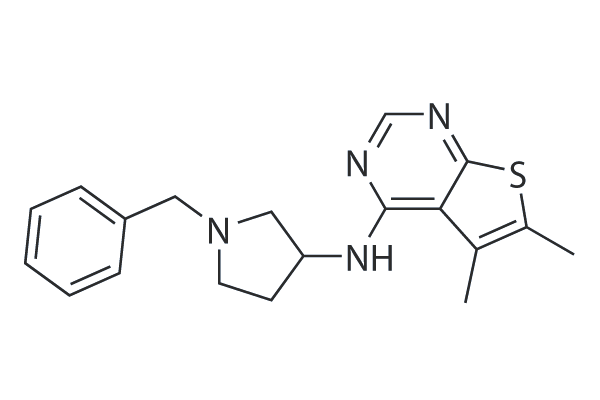
-
GC64974
FT113
FT113 is a potent and orally active fatty acid synthase (FASN) inhibitor, with an IC50 of 213 nM for full-length recombinant human FASN enzyme. In cell-based assay, FT113 blocks FASN activity in BT474 cells (IC50, 90 nM). FT113 shows anti-proliferative activity, and exhibits anti-cancer activity both in vitro and in vivo.
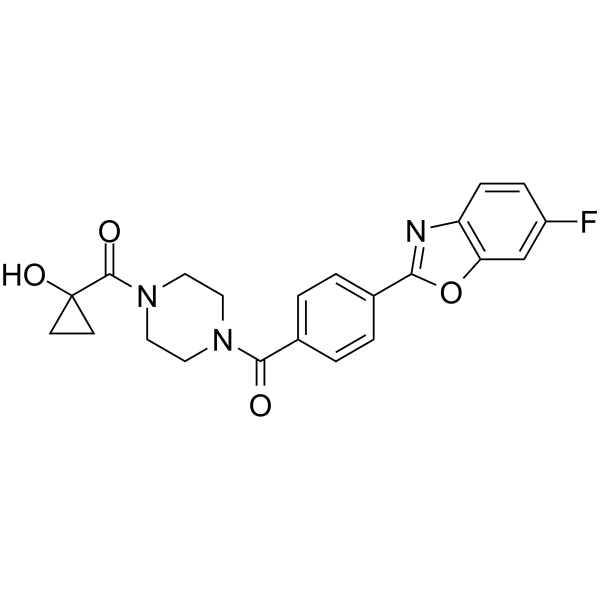
-
GC62571
IPI-9119
IPI-9119 is an orally active, selective and irreversible FASN inhibitor with an IC50 of 0.3 nM in vitro biochemical assay. IPI-9119 inhibits tumor growth of castration-resistant prostate cancer (CRPC) xenografts mouse models.
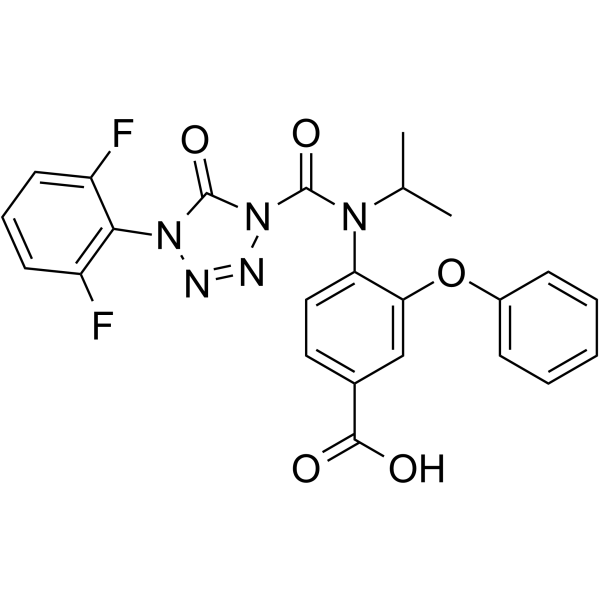
-
GC18496
Leelamine (hydrochloride)
Leelamine is a diterpene molecule whose name derives from the Sanskrit word leela which means 'play'- It has weak affinity for the human central cannabinoid (CB1) and peripheral cannabinoid (CB2) receptors, exhibiting 20% displacement of [3H]-CP55940 at a concentration of 10 uM.
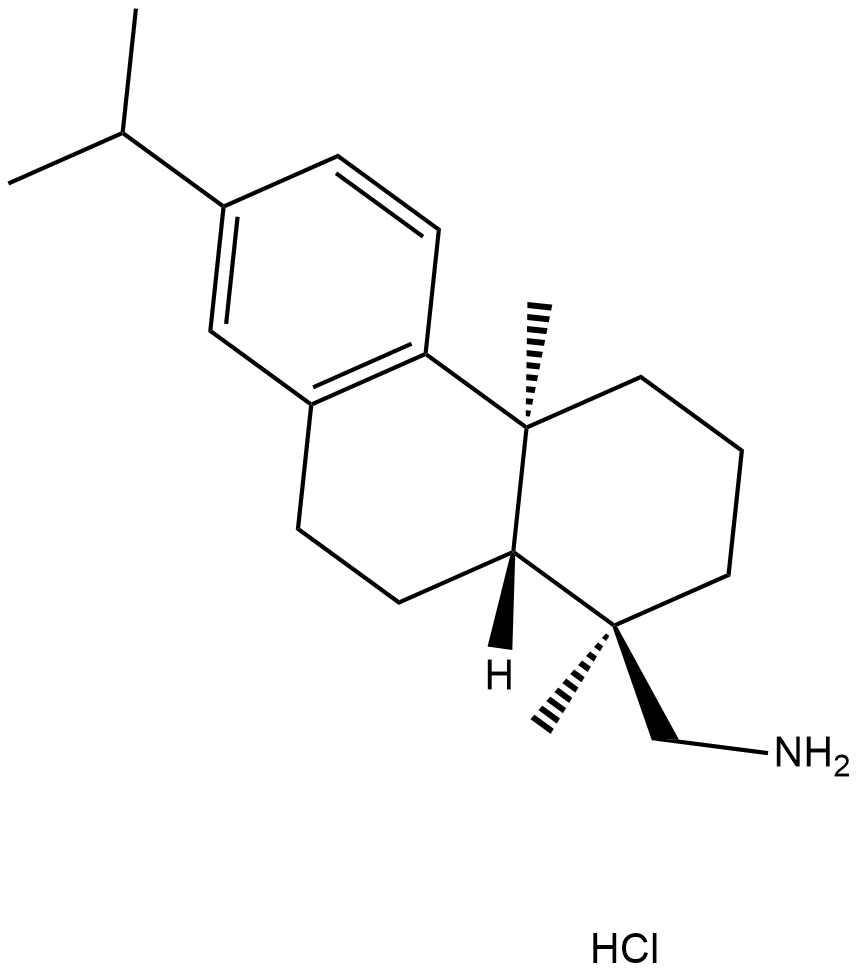
-
GC38967
Lycorine
An alkaloid with diverse biological activities
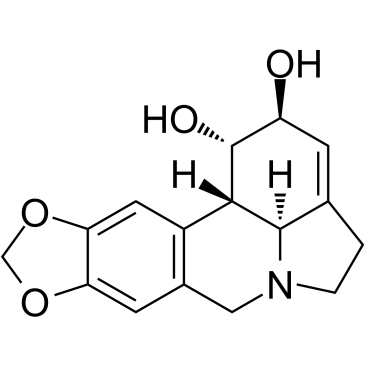
-
GC61896
trans-Chalcone
trans-Chalcone, isolated from Aronia melanocarpa skin, is a biphenolic core structure of flavonoids precursor.
